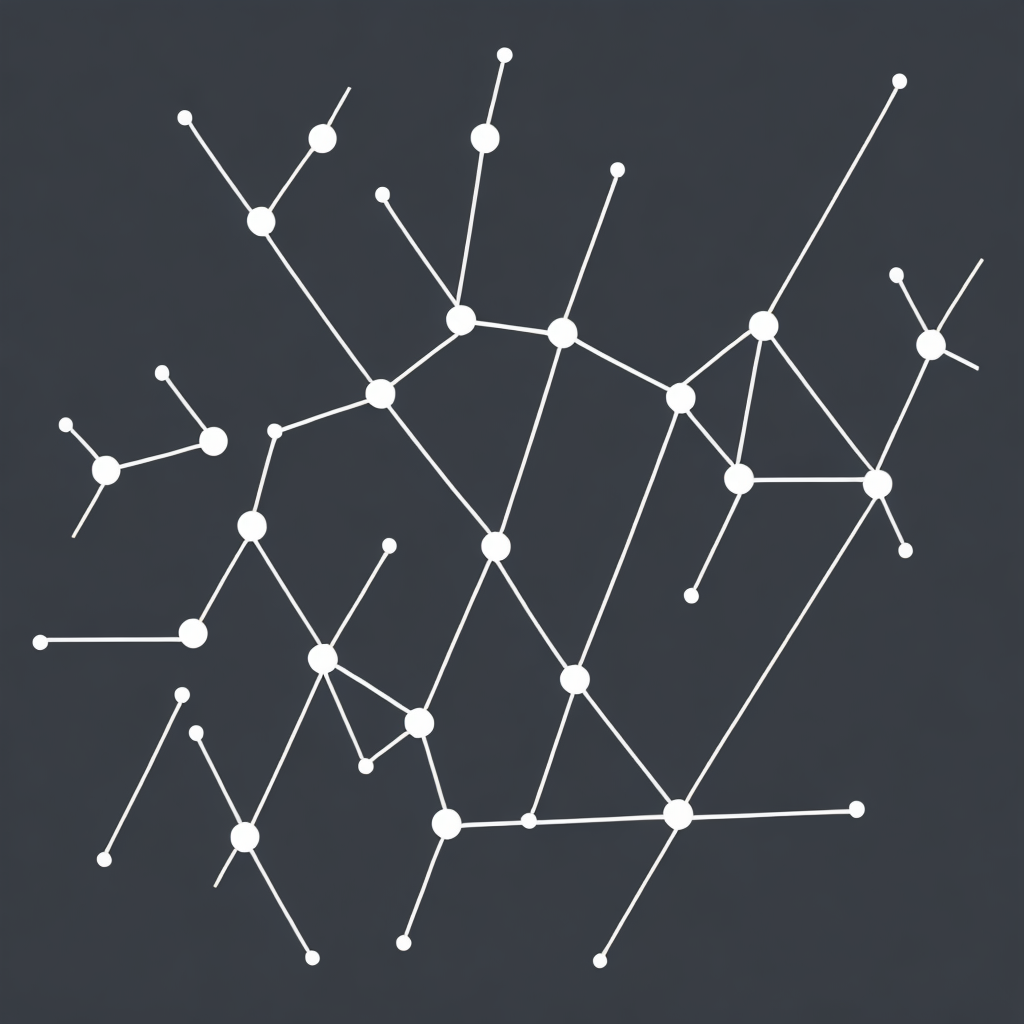Unlocking the Power of Knowledge Graphs: Understanding Their Potential in Enhancing Information Management and Artificial Intelligence
In today’s digital age, information is abundant and ubiquitous. However, accessibility, curation, and integration of data have presented a significant challenge. As the volume of data continues to grow, knowledge graphs emerge as a promising solution to tackle these issues, driving advancements in information management and artificial intelligence.
Knowledge graphs are structured representations of information, mapping entities and concepts through a network of relationships. They provide an interconnected and semantic framework that allows for deep insights, enabling humans and AI systems to navigate through a sea of data more effectively. This article explores the fundamentals of knowledge graphs, their potential applications, and how they revolutionize the landscape of information management and AI.
### Fundamental Concepts of Knowledge Graphs
**Entities and Relationships**: In a knowledge graph, entities represent real-world concepts, such as people, places, or objects. Relationships, on the other hand, describe the connections or interactions between these entities, providing context and meaning to the data. For example, in a graph that models a library, authors (entities) can be linked with books (entities) through the relationship “authored.”
**Linked Data and Semantic Web**: Knowledge graphs are closely related to the Semantic Web and the concept of linked data. Linked data promotes the notion of making data more discoverable, re-useable, and interoperable on the internet by using standards such as the Resource Description Framework (RDF). This connectivity across various datasets enhances the utility of knowledge graphs as they integrate a wide plethora of information domains.
**RDF, OWL, and SPARQL**: To structure knowledge graphs effectively, they typically utilize RDF for the data model, OWL (Web Ontology Language) for defining the relationships and constraints, and SPARQL (SPARQL Protocol and RDF Query Language) for querying the graph.
### Enhancing Information Management
**Data Integration**: Knowledge graphs facilitate the integration of data from multiple sources, unifying information in a coherent and accessible manner. This consolidation enables organizations to make better decisions based on a comprehensive view of the data landscape, addressing the challenges of data silos and disparate systems.
**Improved Search and Retrieval**: With the structure provided by knowledge graphs, queries for specific information can be more targeted, offering a more precise and user-friendly experience. This results in efficient search capabilities and easy access to nuanced data, supporting the needs of researchers, decision-makers, and everyday users alike.
**Personalized Recommendations and Insights**: Knowledge graphs enable the analysis of vast amounts of data, leading to the extraction of patterns and insights. This capability fuels the production of personalized recommendations, enhancing user experience, and providing intelligent insights for a wide range of applications, such as e-commerce, social media, and healthcare services.
### Revolutionizing Artificial Intelligence
**Enhanced AI Systems**: Knowledge graphs serve as a robust foundation for AI systems, providing them with a structured understanding of the world. This understanding empowers AI to reason about complex relationships and patterns, enhancing decision-making capabilities and enabling more sophisticated tasks such as natural language processing (NLP), question answering, and personalized assistant functionalities.
**Improved Natural Language Understanding (NLU) and Generation (NLG)**: By encapsulating semantic information in a graphical format, knowledge graphs significantly improve the interpretability and performance of AI models in understanding and generating human language. This is particularly critical for applications that require nuanced comprehension and response generation.
**Enabling Explainable AI (XAI)**: Knowledge graphs also facilitate the development of explainable AI, where models and their decisions can be understood by humans. This transparency is essential for building trust in AI systems and ensuring ethical considerations are met.
### Conclusion
In summary, knowledge graphs represent a transformative tool in the realm of information management and AI. By structuring data in a semantic and interconnected manner, they unlock the potential for more meaningful data exchange, advanced search capabilities, personalized user experiences, and the further development of sophisticated AI systems. As technology continues to evolve, the role of knowledge graphs in shaping the future of data-driven decision-making and artificial intelligence becomes increasingly clear. Engaging with this technology can significantly enhance organizational capabilities, providing innovative solutions to the challenges of the digital age.
